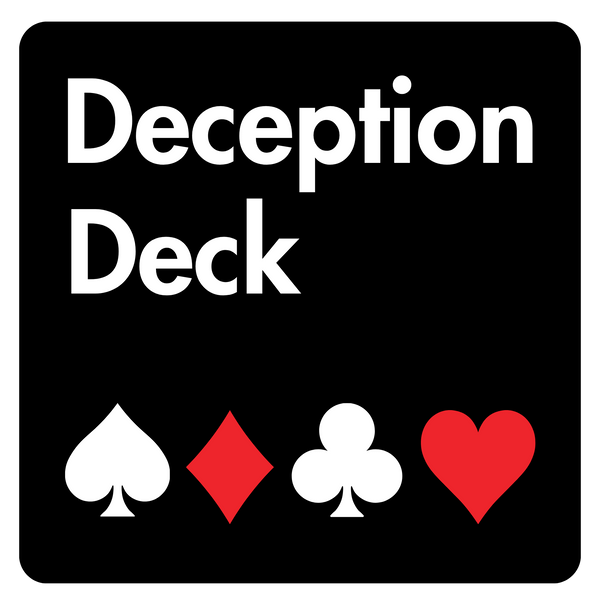Frequently Asked Questions
1. What is AI's role in identifying lies?
2. What is Statement Analysis?
3. How does Natural Language Processing (NLP) aid in lie detection?
4. What are some real-world applications of AI in deception detection?
5. What are the limitations of using AI for detecting lies?
In an age where technology permeates every aspect of our lives, the use of Artificial Intelligence (AI) in identifying lies has emerged as one of the most intriguing advancements. With the growth of tools and techniques aimed at enhancing accuracy in detecting deceit, AI stands out by utilizing sophisticated algorithms to analyze human behavior and language patterns. One powerful approach used in this realm is Statement Analysis, a method that critiques spoken and written statements for signs of deceit.
Understanding Deception: The Psychology Behind Lying
Before we delve deeper into how AI assists in exposing lies, it’s essential to understand the psychology behind deception. People lie for various reasons—fear, gain, or even to protect someone else's feelings. However, recognizing a lie goes beyond merely detecting untruths; it's about understanding the subtle cues associated with deceit.
The Body Language Factor
Non-verbal cues such as body language often provide insight into whether a person is being truthful. A liar might exhibit signs of nervousness or discomfort, like avoiding eye contact, fidgeting, or altered posture. However, humans can misinterpret these signs, which opens the door for AI to take a more grounded analytical approach.
Employing AI in Statement Analysis
AI has the potential to enhance Statement Analysis significantly. By automating the process of lie detection, AI leverages vast amounts of data and machine learning techniques to identify patterns that might elude human evaluators.
Natural Language Processing (NLP)
One of the core technologies behind AI's ability to analyze statements is Natural Language Processing (NLP). This technology allows machines to understand and interpret human language. NLP can break down a person’s speeches or writings and evaluate various components such as:
- Choice of words
- Sentence structure
- Emotion conveyed
- Contextual usage
Through NLP, an AI can identify inconsistencies in a statement, providing a more accurate assessment of its truthfulness. For instance, discrepancies between word choice and emotional expression can lead to potential flags raised during Statement Analysis.
Machine Learning Algorithms
Integration of machine learning algorithms further enhances the ability of AI systems to identify lies. By training on thousands of examples of truthful and deceptive statements, these algorithms learn nuanced details that differentiate a lie from the truth. With each interaction, the system becomes better at recognizing patterns that may indicate dishonesty.
Real-World Applications of AI in Deception Detection
The ramifications of integrating AI in identifying lies span various industries. Here are some prominent applications where AI-backed Statement Analysis is making waves:
Law Enforcement
Law enforcement agencies have traditionally relied on human intuition and experience to detect deception during interrogations. However, AI can supplement these efforts, providing officers with tools that analyze suspects' statements in real-time, identifying potential lies that warrant further investigation.
Corporate America
The corporate world is also benefiting from AI's ability to sift through employee statements in various contexts—whether during job interviews, conflict resolution sessions, or whistleblower reports. Systems equipped with AI can analyze behavioral signals and linguistic cues, helping HR departments better assess honesty in statements made by employees.
Legal Frameworks
In the legal field, courts are turning to AI technologies for enhanced Statement Analysis. Lawyers can utilize AI to analyze witness testimonies or evidence provided, saving time while seeking out discrepancies and inconsistencies that could influence case outcomes.
Limitations of AI in Deception Detection
While AI presents powerful tools for lie detection, it’s essential to approach the concept with a balanced perspective. AI may falter at capturing the full breadth of human emotions and contextual nuances that often accompany statements. Some limitations include:
Human Emotion and Context
Understanding the cultural context in which a statement is made can be critical when interpreting truthfulness. AI systems may struggle to account for cultural variations in communication styles, potentially leading to misunderstandings in Statement Analysis.
False Positives
AI can produce false positives, marking honest statements as deceptive based on its learned patterns. This can lead to wrongful accusations or distrust, demanding a human oversight aspect to validate findings made by AI systems.
The Future of AI in Detecting Lies
As technology evolves, so will the tools available for Statement Analysis. Enhanced machine learning models, along with the integration of facial recognition and voice stress analysis, point towards a future where detecting deceit becomes increasingly precise.
Ethical Considerations
With great power comes great responsibility. The use of AI in lie detection raises important ethical questions. How do we ensure that AI systems are not misused to falsely accuse individuals? Striking a balance between technological capability and ethical standards will be paramount as these systems become more sophisticated.
Embracing AI to Foster Trust
AI’s role in identifying lies through Statement Analysis can ultimately lead to more transparent communication across all sectors. By lending credibility to honest conversations and improving the way we identify deceit, AI can help build a more trusting society. As we look ahead, it's vital for both businesses and individuals to navigate this new landscape with caution and integrity, leveraging technology to enhance honesty rather than exploit vulnerabilities.
In a world where honesty is paramount, the use of Artificial Intelligence in identifying lies may well revolutionize how we navigate social interactions. As we continue to push the boundaries of technology, let's harness the potential of AI not just to uncover deception but to create environments where trust and integrity thrive, fostering better relationships in every sphere of our lives.


